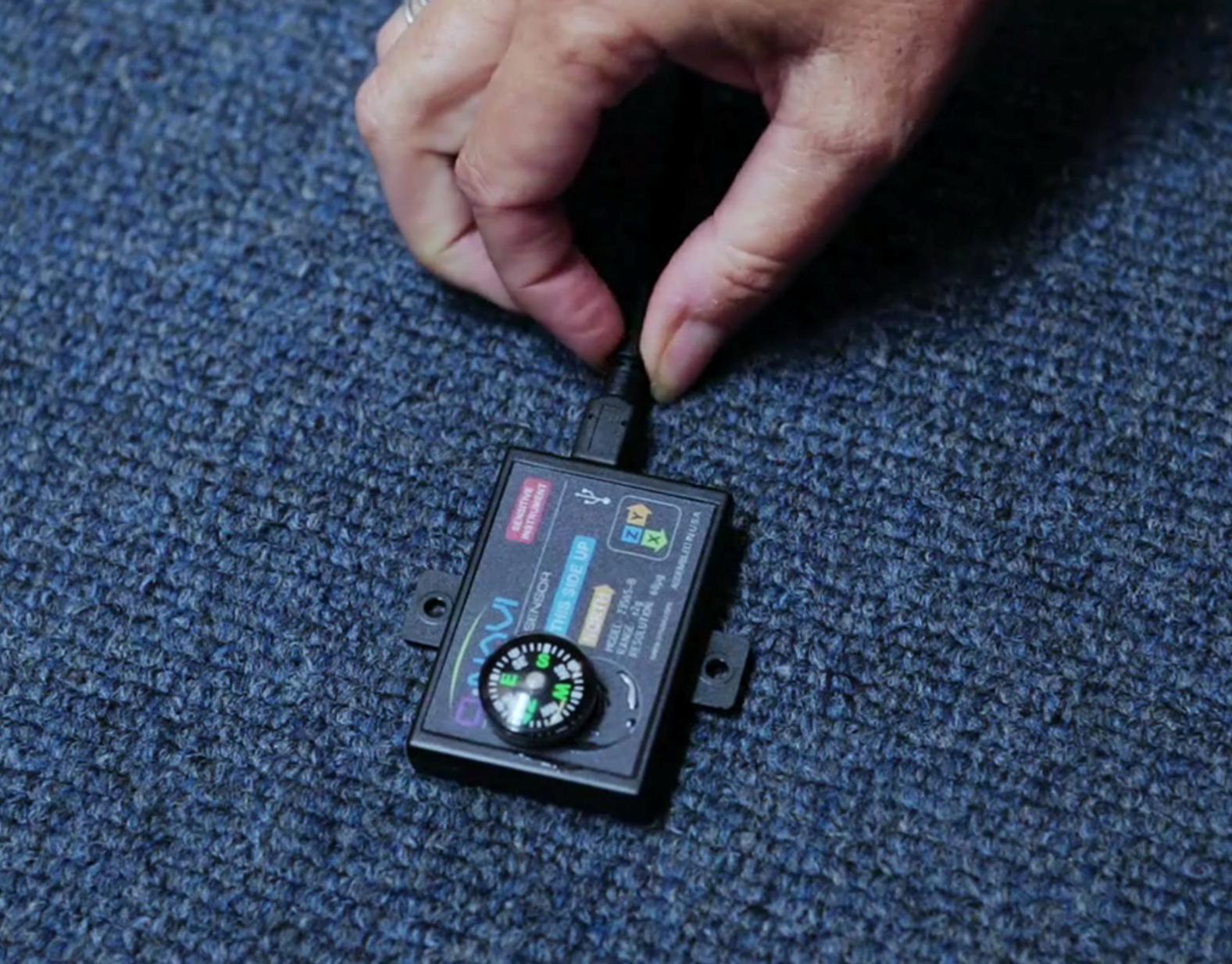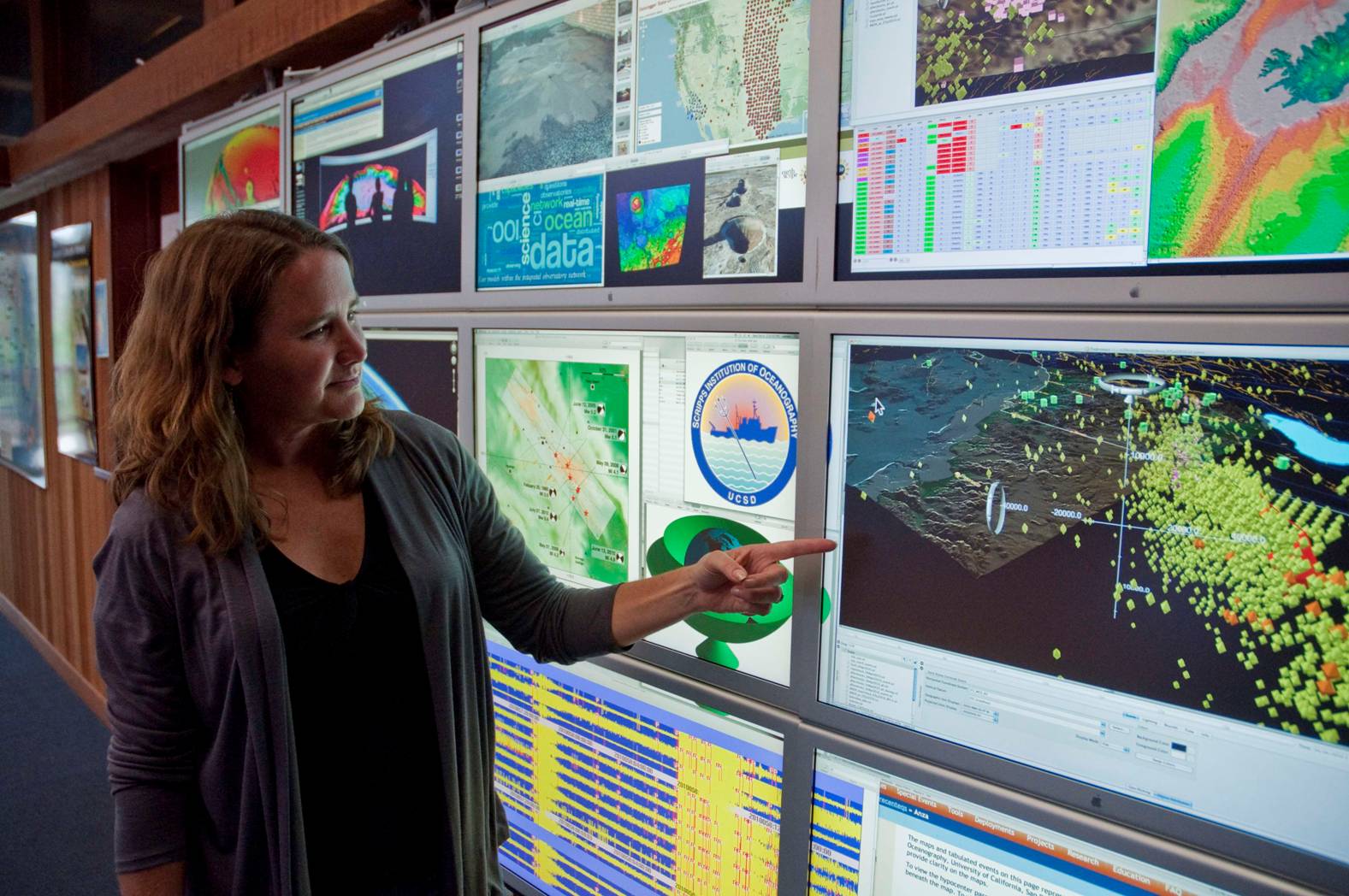
Help Scientists Measure Earthquakes At Your House!

Wanted: citizen scientists in Southern California. Job description: measuring earthquakes by installing mini-sensors in their homes. Reward: helping scientists understand how earthquakes shake buildings and possibly predict the next Big One.
Scientists leading the "Quake Catcher Network" said in a statement that volunteers using in-home detectors would augment larger networks and expand knowledge of how earthquakes work.
"Data from additional seismic stations will really help complement the current working seismic network," said Tom Heaton, a California Institute of Technology researcher working to develop an earthquake early-warning system.
The in-home sensors can measure earthquakes of magnitude 2.5 and above. Roughly 3,000 Quake Catcher sensors have been installed around the world and have recorded earthquakes ranging from a 2.6 magnitude quake in New Zealand to the massive 8.8 earthquake off Chile in 2010.

Lightweight and about the size of a Post-It note, each sensor need only be attached to the floor and plugged into an Internet-connected computer to work. The sensors are free to those in target areas and cost $5 elsewhere. More details can be found at the Quake Catcher Network's website.
"This project is allowing anyone with an Internet-connected computer to help us explore the unexplored," said Debi Kilb, an associate project scientist at the Scripps Institution of Oceanography, in San Diego.
Volunteer-deployed sensors on different floors will help scientists and engineers understand how quakes affect buildings, knowledge that could be used to increase structures' earthquake resistance. The project also will help engineers monitor the response of the buildings to strong shaking from wind gusts, large-scale construction, traffic and other sources of vibrations.
Sign up for the Live Science daily newsletter now
Get the world’s most fascinating discoveries delivered straight to your inbox.
"By participating in the Quake Catcher Network, the public will benefit scientists as well as neighbors and families," said Jesse Lawrence of Stanford University, whose scientists are also involved in the project. "It may be a Quake Catcher Network sensor that detects the first strong motions of the next Big One."
Follow OurAmazingPlanet for the latest in Earth science and exploration news on Twitter @OAPlanet. We're also on Facebook and Google+.










